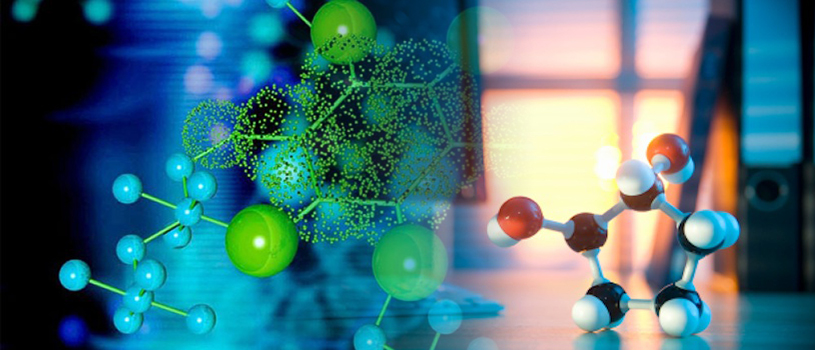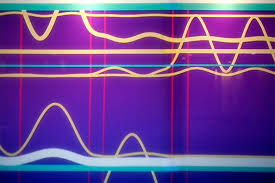
A 3D-printed cement paste could one day be used to make buildings more resilient to natural disasters, claim US researchers. The paste actually gets tougher the more it cracks. That would make it an invaluable new material.

A team of US researchers have, for the first time, fully 3-D printed an array of light receptors on a hemispherical surface. This discovery marks a significant step toward creating a "bionic eye".

Using human stem cells, researchers create 3-D model of the brain to study a mutation tied to schizophrenia, bipolar disorder and depression.

Using high-precision cameras mounted to an aerial drone researchers from Scotland captured the volcano in hundreds of aerial photographs to later create a 3D map of the volcano’s surface.

Researchers refine method of making bio-ink droplets stick to each other, enabling 3D printing of highly complex biological structures with a wide variety of cell types using inkjet printers.

Researchers use a precision 3D cell-patterning technology called DNA-programmed assembly of cells (DPAC) to set up an initial spatial template of a tissue that then folds itself into complex shapes.

The Allen Institute for Brain Science has added the first data from human nerve cells to a publicly available database for researchers to explore and understand the building blocks of the human brain.

Scientists from US have for the first time provided an unprecedented view of the 3D structure of human chromatin in the nucleus of living human cells.

A newly-developed ultra-thin material tricks the human eye into perceiving highly detailed 3D images without the need for special glasses.

Printing of metal structures with complex 3D architectures will have a variety of uses from batteries to biological scaffolds.

The balled structure reveals organization, which is critical for gene activity.

Nanoengineers have 3-D printed a lifelike, functional blood vessel network that could pave the way toward artificial organs and regenerative therapies.

Scientists have now found a way to create 3-D heart tissue that beats in synchronized harmony that will lead to better understanding of cardiac health and improved treatments.

Porous, 3-D forms of graphene developed at MIT can be 10 times as strong as steel but much lighter.

Since these chips can mimic the microarchitecture and functions of lungs, hearts, and intestines, they may eliminate the need for living subjects.